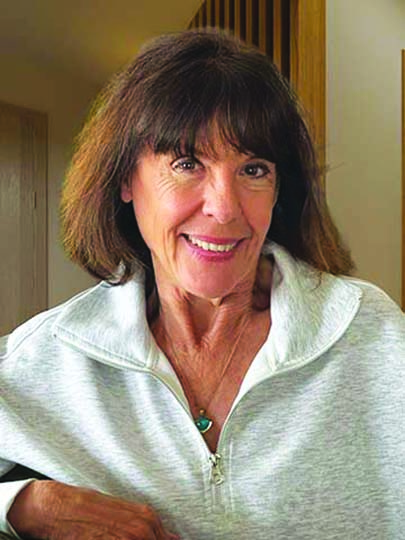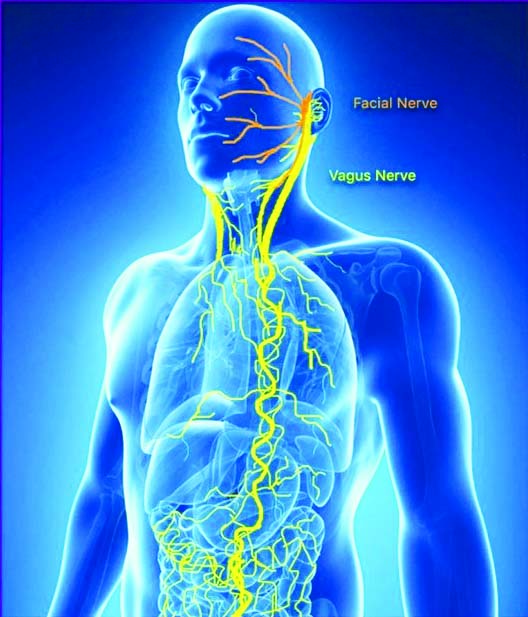by Cary Bayer www.carybayer.com
In 1967, a British rock band that you might have heard of called the Beatles, sang a song with phantasmagorical imagery called “Lucy in the Sky with Diamonds.” In 2014, a French film director named Luc Besson made a motion picture with similar kind of electric visuals called Lucy. The two have quite a bit in common.
The great Beatles classic from their “Sgt. Pepper’s Lonely Heart Club Band” album is said to be a musical trip about a psychedelic trip — the initials of Lucy, sky, and diamonds lends credibility to the idea that it’s about LSD. Interestingly, the song’s lyricist John Lennon claimed that it was inspired by a nursery school drawing made by his son Julian who, titled his work just that. John also claimed the song was inspired by Lewis Carrol’s Alice in Wonderland books, a report consistently confirmed by Paul McCartney.
The movie Lucy, while featuring a potent mind-altering chemical that accidentally leaks into the body of the eponymous heroine (Scarlett Johanssen), seems to be more about the unfolding of the full mental potential of human beings than mere “cellophane flowers of yellow and green.’ She doesn’t go on a several-hour trip along the lines of Timothy Leary Airlines, but stays up and doesn’t come down.
While the Fab Four song speaks of “tangerine trees and marmalade skies,” and “rocking horse people (who) eat marshmallow pies,” the movie portrays a young woman awakening the kinds of latent mental powers as telepathy and telekinesis, the ability to control matter through the mind alone, that were depicted about 1,700 years ago by the great yogi Patanjali in his Yoga Sutras of Patanjali.
The great sage wrote of the many sleeping abilities within each and every one of us; talents like clairvoyance, clairaudience, knowledge of far away places like the heavens, knowledge of the future, the past (including past lives), invisibility, superhuman strength, conquest of hunger and of the body, and omnipotence and omniscience, among others. In other words, the stuff that caped superheroes are made of. And Lucy is clearly of that group, albeit minus the cape and using her mind rather than her body to accomplish all manner of miracles.
This Lucy experiences time travel, wormholes, psychedelic-like visions, and much more. After tapping much of this mental potential, she phones her mother and thanks her for “a thousand kisses that I can feel on my face.” She can still taste the breast milk with which her mother fed her as a baby. Such is her extraordinary sensory powers and memory.
Her connection to all that is deepens as she awakens one hundred percent of her mind. Her time travels, however, are quite elaborate: based in New York City, she confronts those who have trod the same space that she occupies, including Native Americans and even dinosaurs.
She transforms her consciousness into a computer and, though disembodied, presents a thumb drive to a team of neuroscientists who are on the vanguard of evolutionary human potential. They’re led by—who else?—Morgan Freeman, taking time off from portraying God to portray a scientist hoping to understand all that human beings can be, and thus our connection to God. Spoiler alert: at the end,
Lucy is shot and, instead of dying, she mysteriously vanishes into thin air. To which a witness asks where’d she go. She has become disembodied, yet somehow sends a text that says, “I am everywhere.”
While Lucy is a film about an evil Asian drug cartel looking to push a highly potent drug onto the streets, and features way too much gun play and killing, it’s also a film about what we are capable of, including oneness with all that is.
































